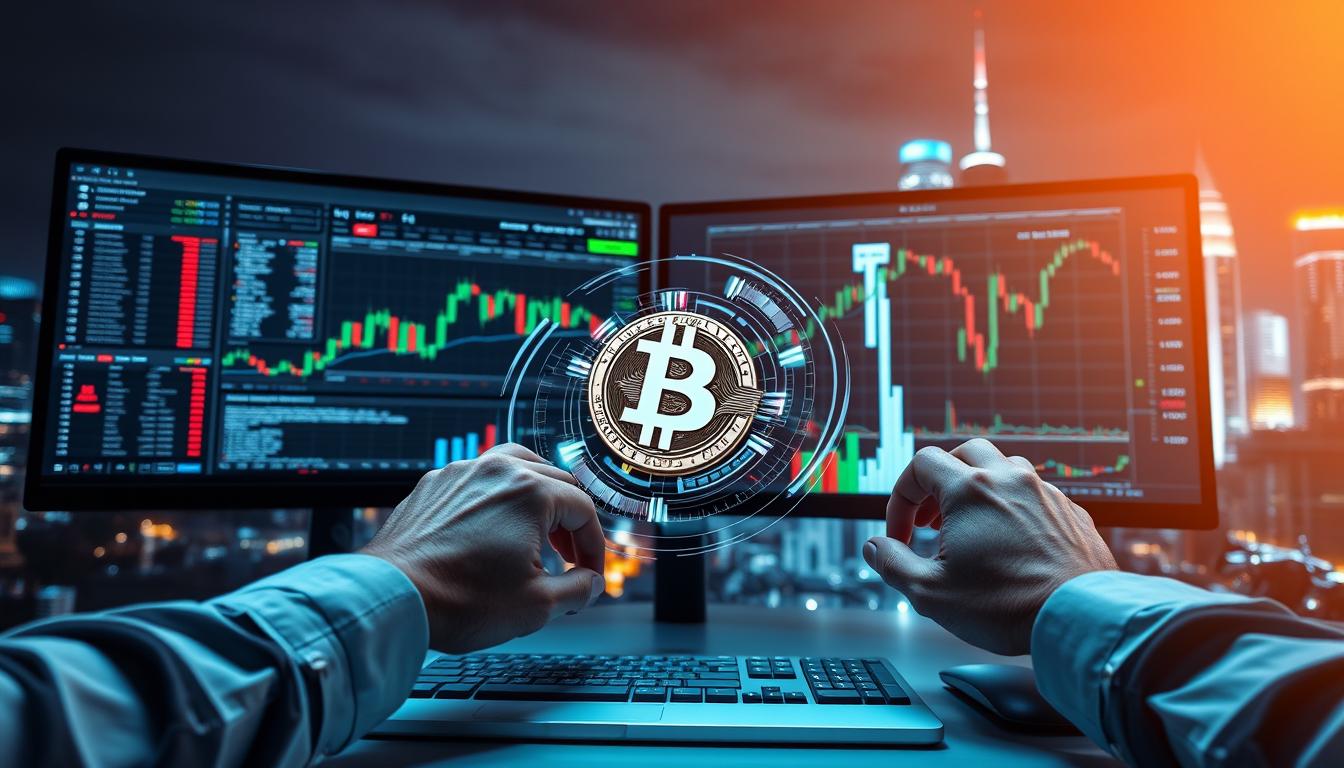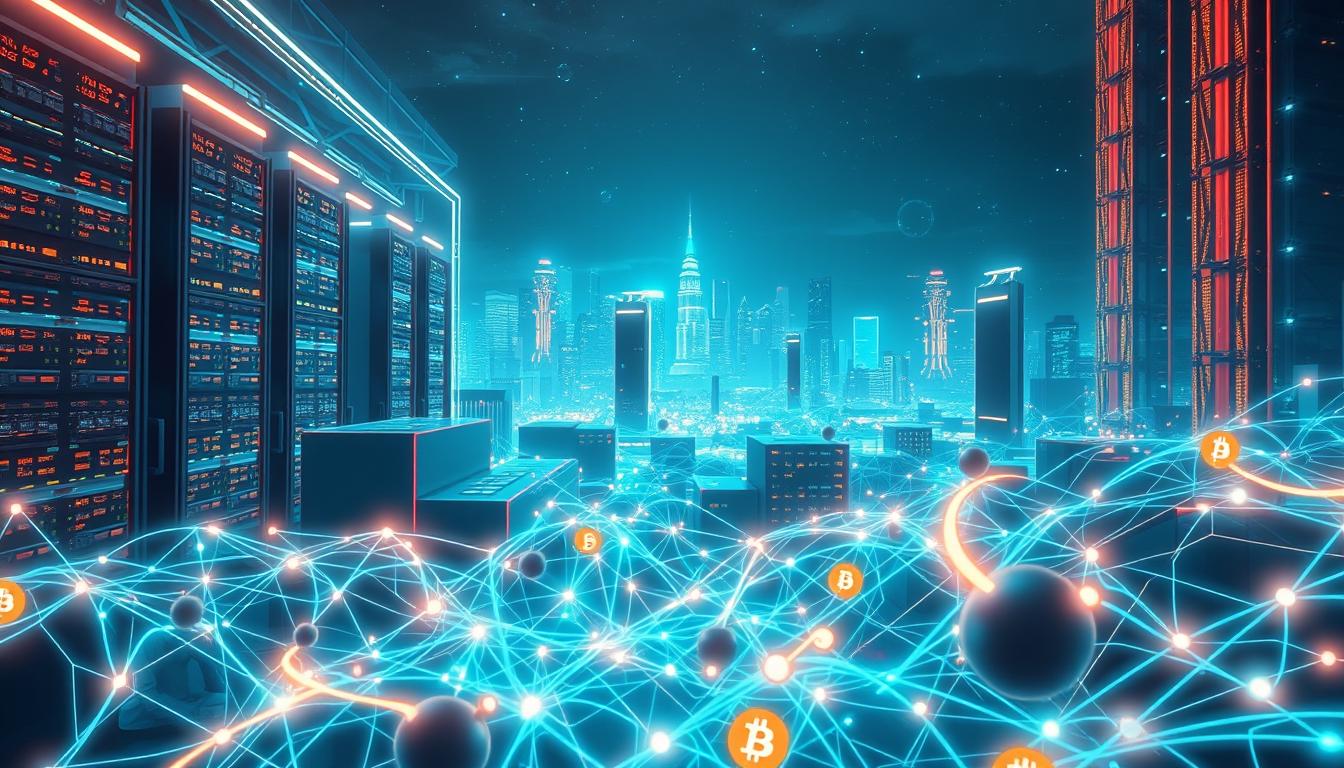Welcome to your guide on a unique trading method. This approach lets you profit from small price differences for the same digital asset. These differences appear across various trading platforms.
Welcome to the world of digital assets. Have you ever wondered how you can buy or sell a token instantly, even if it’s new? The answer often lies with a
Understanding cryptocurrency movements requires more than just guesswork. Traders and investors need reliable frameworks to anticipate market shifts. This guide explores practical methodologies for making informed decisions. The digital asset
The digital gaming landscape has transformed dramatically with blockchain technology. Play-to-Earn mechanics now allow players to generate real income while enjoying their favorite pastime. This innovative approach combines entertainment with
A new frontier is opening up where virtual gatherings and digital ownership meet. This exciting space combines immersive online worlds with unique digital items. People can now gain special tokens
The digital landscape has witnessed an exciting evolution in community engagement strategies. Major platforms now combine creative tasks with substantial incentives to build vibrant Web3 communities. These interactive events blend
In any financial system, liquidity is the essential element that determines how easily assets can be bought or sold. This concept is just as critical in the world of digital
A new digital frontier is emerging where your screen time becomes valuable. This innovative concept transforms passive viewing into an active income stream. The world of digital rewards is evolving
The digital currency landscape offers unique opportunities for earning. A strategic method known as airdrop farming has gained significant traction. This approach involves collecting free tokens from new blockchain ventures.
The digital landscape is transforming how businesses connect with their audience. Traditional loyalty systems are evolving into innovative blockchain-based experiences. This shift creates exciting opportunities for both companies and their



















